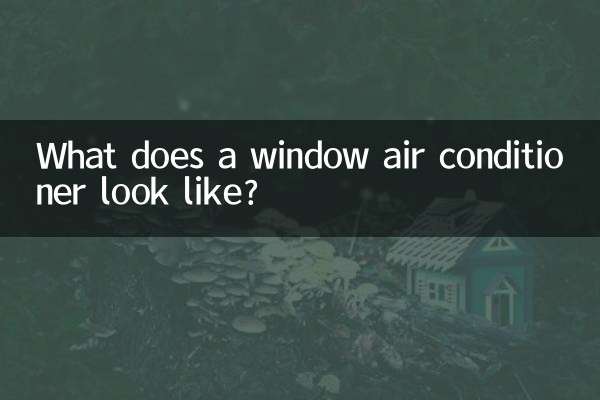How to wallpaper a house with pillars
When decorating your home, wallpapering can be tricky when there are columns in the room. Pillars not only affect the flatness of the wallpaper, but may also cause splicing difficulties due to angle problems. This article will introduce you in detail how to wallpaper a room with pillars, and provide structured data to help you quickly master the technique.
1. Preparation before wallpapering

Before you start wallpapering, you need to make the following preparations:
| steps | Specific operations |
|---|---|
| 1. Measure dimensions | Measure the dimensions of pillars and walls, and calculate the required wallpaper area |
| 2. Select wallpaper | Choose the appropriate wallpaper material according to the shape of the pillar (such as non-woven fabric, PVC, etc.) |
| 3. Prepare tools | Wallpaper knife, scraper, glue, ruler, ladder, etc. |
| 4. Clean the walls | Make sure the walls and pillar surfaces are clean, smooth and free of dust or oil stains |
2. Specific steps for pasting wallpaper
Here are the steps for wallpapering pillars:
| steps | Operation details |
|---|---|
| 1. Cut the wallpaper | Cut the wallpaper according to the size of the pillar, leaving a margin of 5-10cm |
| 2. Apply glue | Apply glue evenly on the back of the wallpaper and let it sit for 3-5 minutes |
| 3. Attach to the front of the pillar | Start from the front of the column and use a scraper to remove air bubbles |
| 4. Treat corners | Cut the wallpaper at the corners of the pillars to ensure a tight fit |
| 5. Splicing walls | Extend the wallpaper to the wall, paying attention to the alignment of the patterns |
| 6. Trim edges | Trim any excess with a wallpaper knife to ensure a neat edge |
3. Common problems and solutions
You may encounter the following problems when applying wallpaper:
| question | solution |
|---|---|
| Wrinkles at corners of pillars | Cut the wallpaper and overlap to ensure a tight fit |
| The wallpaper splicing is uneven | Plan pattern alignment in advance and use professional tools to assist |
| Too much glue leads to penetration | Control the amount of glue and clean excess glue promptly with a damp cloth |
| The color of the pillars and the wall are inconsistent | Choose wallpaper that is similar to the wall, or use decorative strips to transition |
4. Precautions when pasting wallpaper
To ensure a long-lasting and beautiful wallpaper effect, please note the following:
| Things to note | Description |
|---|---|
| 1. Ambient humidity | Avoid construction in humid environment to avoid affecting the viscosity of the glue |
| 2. Construction sequence | Attach the pillars first and then the wall to ensure overall coordination. |
| 3. Pattern alignment | Plan pattern splicing in advance to avoid visual gaps |
| 4. Later maintenance | Check the edges of wallpaper regularly to prevent warping or falling off |
5. Reference for popular decoration trends
According to the hot topics on the Internet in the past 10 days, the following are the current wallpaper-related trends in decoration:
| Trend | heat index |
|---|---|
| Environmentally friendly wallpaper material | ★★★★★ |
| geometric pattern design | ★★★★☆ |
| Dark wallpaper | ★★★☆☆ |
| DIY wallpaper application method | ★★★☆☆ |
Through the above steps and techniques, you can easily put up a beautiful wallpaper effect even if there are pillars in the room. I hope this article can help you solve your decoration problems!

check the details

check the details